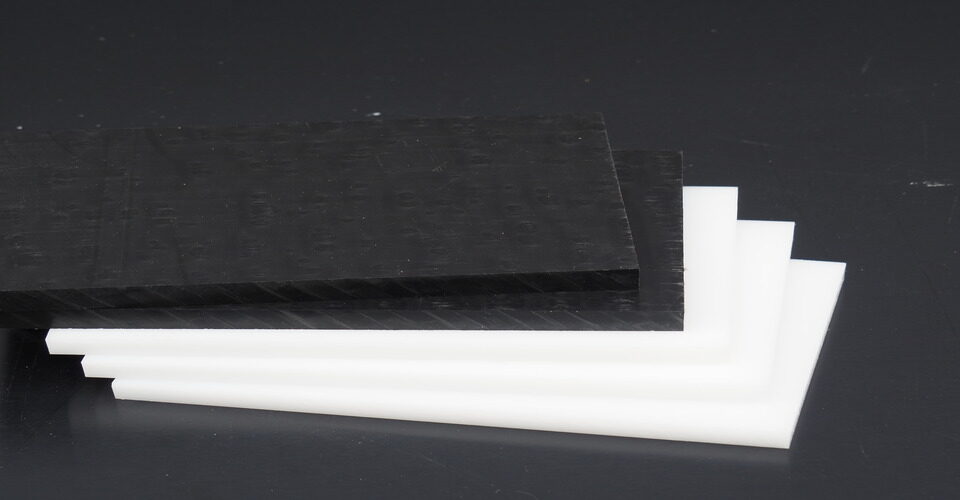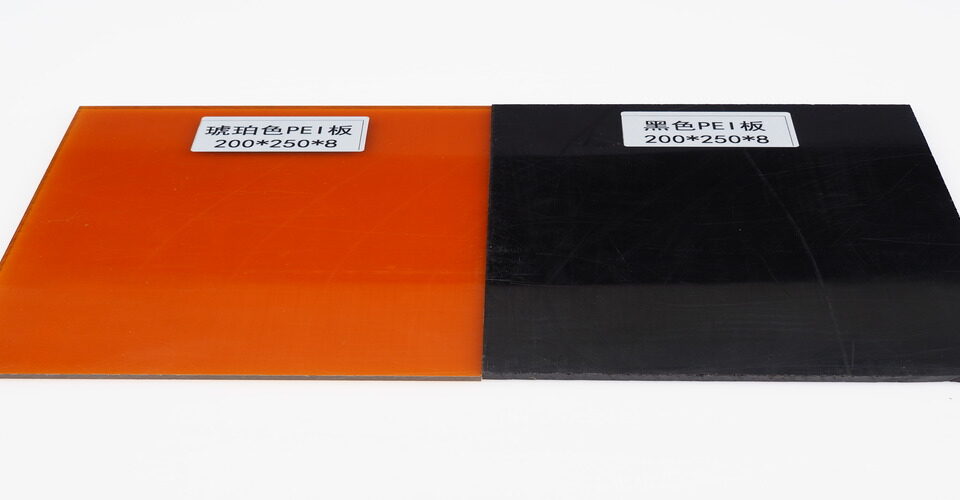
What is PTFE Product?
September 30, 2024
Is PVDF Better Than PTFE?
September 30, 2024Introduction to PTFE Functionality
Polytetrafluoroethylene (PTFE) is renowned for its exceptional properties, making it a highly versatile material in various applications. Understanding how PTFE works at a molecular level helps explain its unique characteristics and benefits.
Molecular Structure of PTFE
PTFE is a fluoropolymer composed of carbon and fluorine atoms. Its molecular structure features long chains of carbon atoms, each bonded to two fluorine atoms. This strong carbon-fluorine bond is what imparts PTFE’s chemical inertness and resistance to degradation. The large size and rigidity of the fluorine atoms create a barrier that prevents other substances from adhering to the surface.

Chemical Resistance
One of PTFE’s standout features is its remarkable chemical resistance. The strong bonds between carbon and fluorine make PTFE stable in the presence of acids, bases, and solvents. This property is essential in industries such as pharmaceuticals and chemical processing, where materials often face harsh environments. As a result, PTFE can maintain its integrity and functionality over extended periods, even when exposed to aggressive chemicals.
Low Friction Properties
PTFE’s low friction coefficient is another critical aspect of how it works. The smooth surface created by the fluorine atoms allows for easy sliding against other materials. This property is particularly advantageous in applications involving bearings, seals, and gaskets, where reduced friction leads to enhanced performance and longevity. The low friction also minimizes wear and tear, making PTFE a popular choice in machinery and equipment.
High-Temperature Stability
PTFE can withstand high temperatures without losing its structural integrity. It remains stable and retains its properties even at temperatures up to 260°C (500°F). This thermal stability allows PTFE to be used in high-heat applications, such as in the aerospace and automotive industries, without fear of degradation or failure.
Conclusion
Understanding how PTFE works reveals why it is such a valuable material across various sectors. Its unique molecular structure, combined with exceptional chemical resistance, low friction properties, and high-temperature stability, makes PTFE an ideal choice for demanding applications. Whether in industrial processes or everyday products, PTFE continues to prove its worth.






